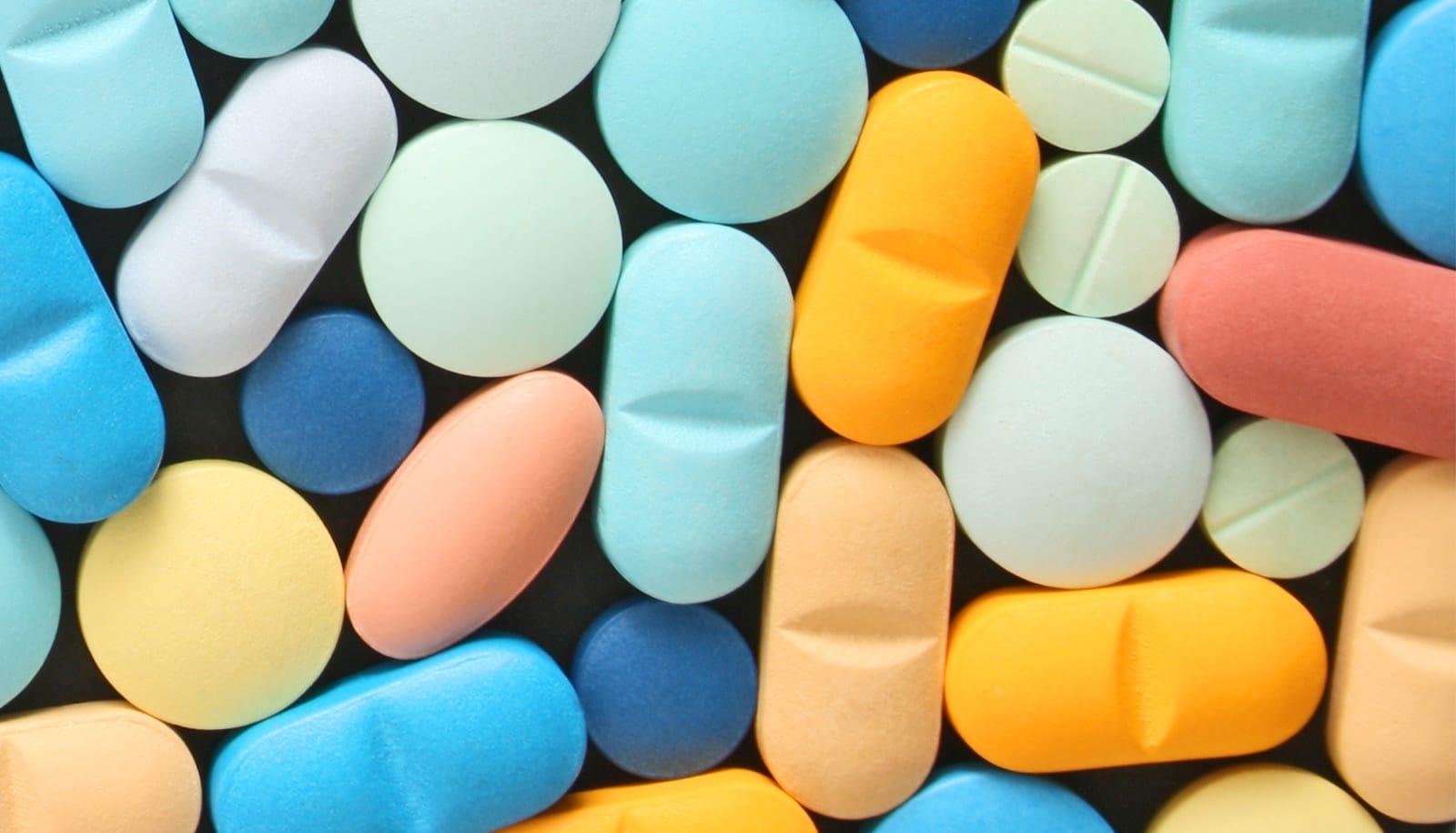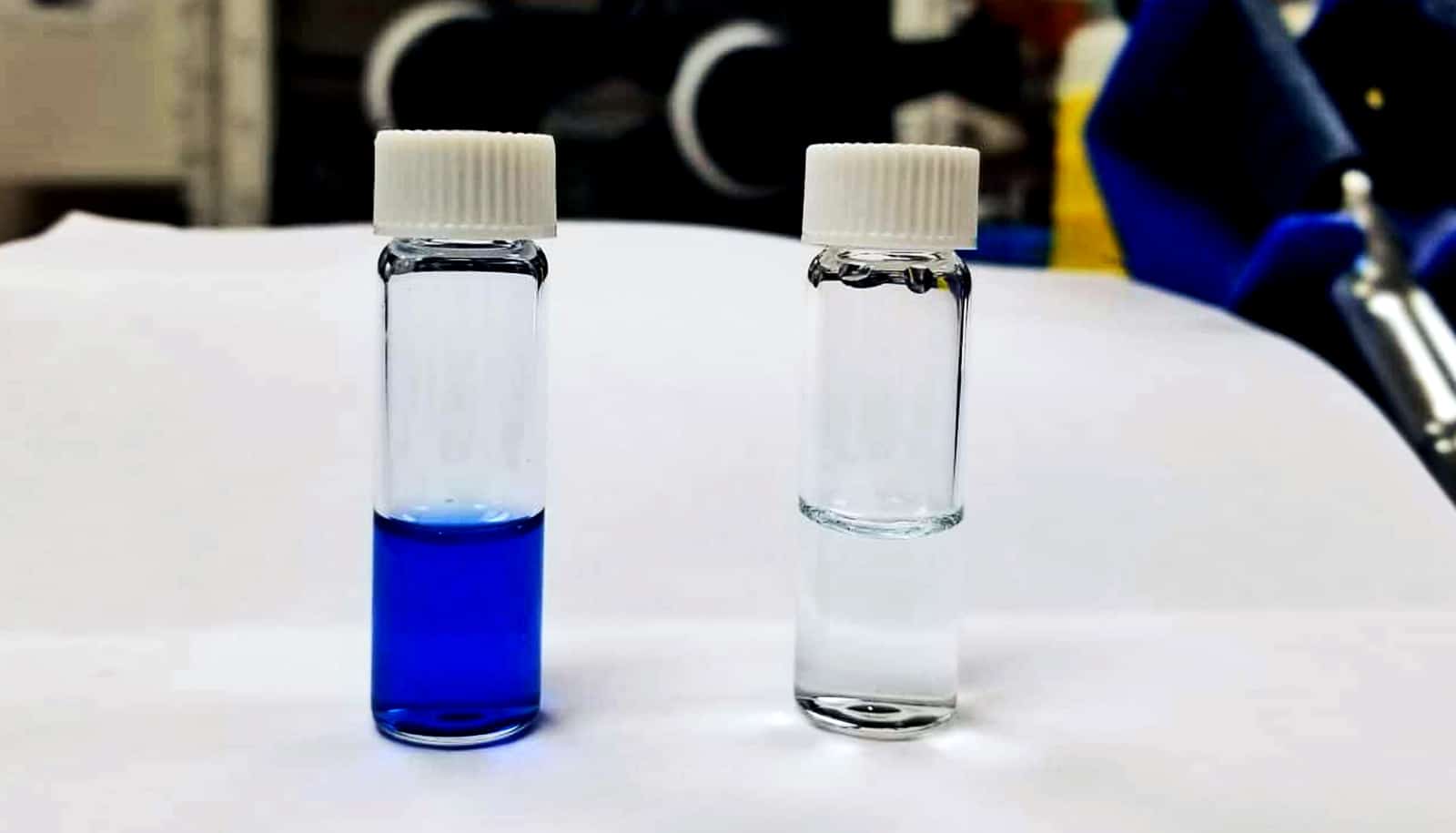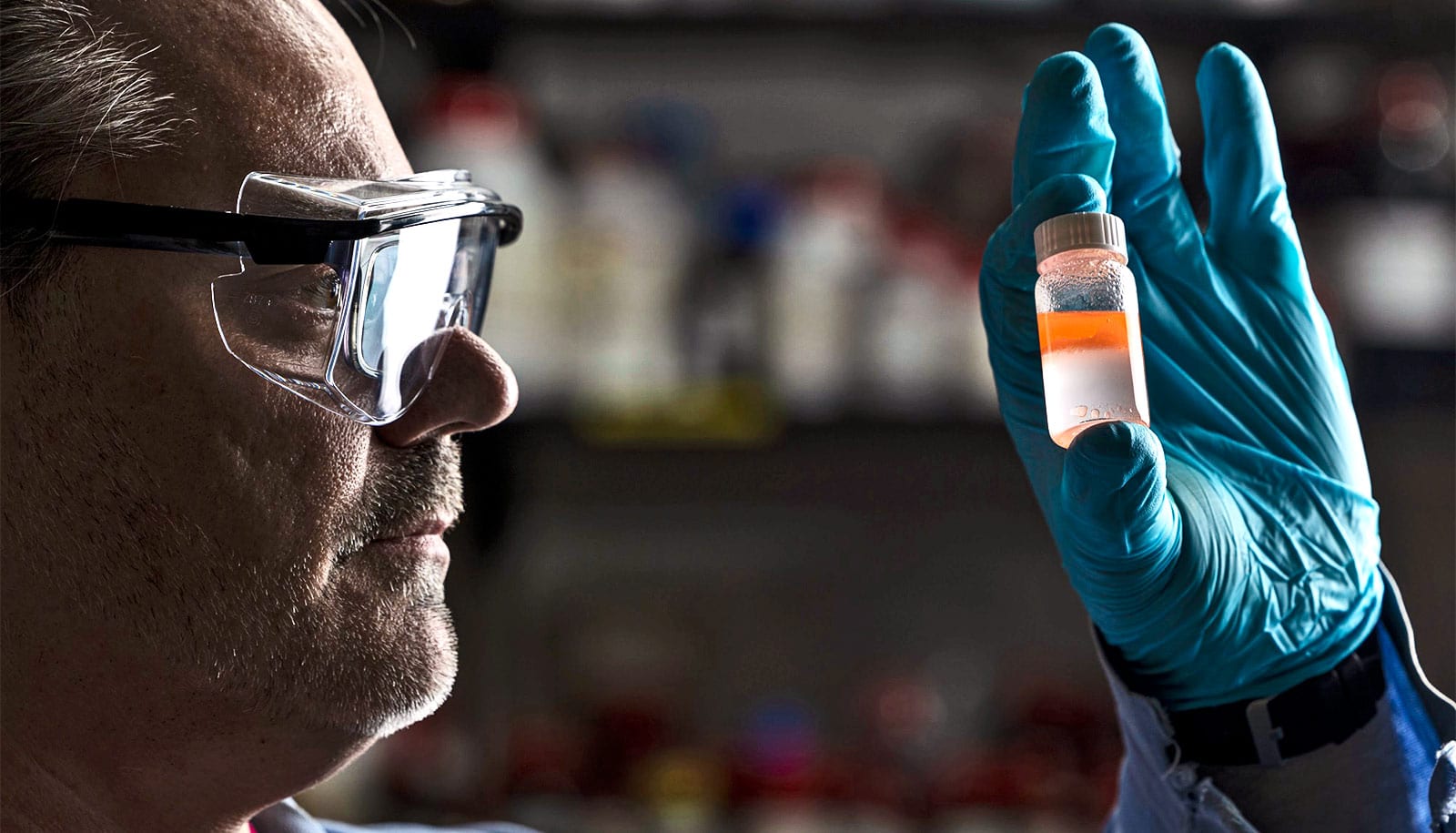Researchers have found that an environmentally friendly process effectively degrades several antibiotics and other drugs found in municipal secondary wastewater and contaminated river and lake water.
The drugs are representative of the hundreds of chemical micropollutants of concern found globally in wastewater as well as in rivers and streams that supply drinking water.
“This work presents a low-cost, broadly applicable, safe, and sustainable solution for purification of pharmaceutical-contaminated waters using an extremely low concentration of catalyst and peroxide,” says Terry Collins, a professor of green chemistry and director of the Institute for Green Science at Carnegie Mellon University.
The results in the journal ACS Sustainable Chemistry and Engineering show that a next-generation TAML catalyst exhibits unprecedented efficacy in activating hydrogen peroxide (H2O2) at ultra-low concentrations. Because of a quirk with the catalyst—it lasts longer and does more work as its concentration is lowered—the amounts of TAML and H2O2 needed to run the entire process can be dropped substantially in consequence, which ultimately will reduce operating costs.
“When you combine the technical aspects with the cost and environmental performances, our innovation can provide an effective, affordable and versatile solution for removing micropollutants from water,” Collins says.
The researchers evaluated the ability of the next-gen TAML, called NewTAML, to degrade six high-concern drugs—four common antibiotics, a synthetic estrogen, and a nonsteroidal anti-inflammatory drug—first in laboratory water spiked with the drugs, and then under more real-world conditions, including in spiked municipal secondary wastewater and water from rivers and a lake.
Many of the more than 4,000 prescription medications used for human and animal health ultimately find their way into the environment, according to the US Geologic Survey. Over the last few decades, scientists have found a wide variety of pharmaceuticals in natural waterways.
The drugs, which are excreted or flushed down the toilet because they are expired or unused, can slip through the purification processes at wastewater treatment plants and contaminate receiving waters.
Long-term exposure to these and another micropollutants can adversely affect, often severely, the health and behavior of wildlife, including insects, fish, birds, and more.
Conventional wastewater treatment methods do not fully eliminate these micropollutants. And newer, advanced wastewater treatment processes, including ozonation and sorption onto activated carbon, are costly to implement and maintain, limiting their usefulness outside of large, wealthy cities. Collins says he anticipates that the TAML/peroxide method can fill the gap.
“What’s now most exciting to me is that TAML/peroxide is so much easier to apply than anything out there,” Collins says.
“All you need do is mix solutions of ultra-dilute TAML and very dilute peroxide into drug-contaminated waters and wait until the active pharmaceutical ingredients can no longer be detected. The full process takes from minutes to hours depending on how much TAML and peroxide you add, always at very low concentrations.”
TAML catalysts are bioinspired, miniaturized replicas of naturally occurring peroxidase enzymes. Developed iteratively over decades by Collins and researchers in Carnegie Mellon’s Institute for Green Science, the catalysts have previously achieved impressive technical performances in removing micropollutants from urban wastewater. NewTAML surpasses earlier versions.
In laboratory tests, chemistry doctoral student Xiaowei Ma found that a minuscule amount of the NewTAML and a small amount of hydrogen peroxide degraded all six drugs whether individually or in a mixture. After six hours of treatment under the prescribed conditions, five of the drugs were nondetectable and one, ciprofloxacin, was 95.4% degraded. All of the spiked drugs started at concentrations much higher than typically found in wastewaters.
“Our work shows that infinitesimal amounts of TAML and very small amounts of peroxide easily remove representative active pharmaceutical ingredients from lab, river, and municipal secondary wastewaters with roughly equal efficacy, opening the possibility of treating not only urban wastewaters but also environmental waters,” Ma says.
The researchers’ next step is to advance testing to the field. Collins has patented the most advanced versions of the catalysts, and the intellectual property is licensed to Sudoc, a startup company working to bring TAML-based solutions to the market. Sudoc, Inc. recently raised $20 million in capital from various investors to, among other things, help launch its TAML/peroxide system into the European water treatment market.
Past studies with TAMLs have shown their enormous potential to provide clean, safe, more effective alternatives to existing industrial and commercial practices and to provide ways to remediate other pressing environmental problems that currently lack solutions.
Source: Amy Pavlak Laird for Carnegie Mellon University



